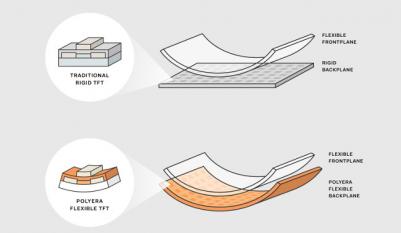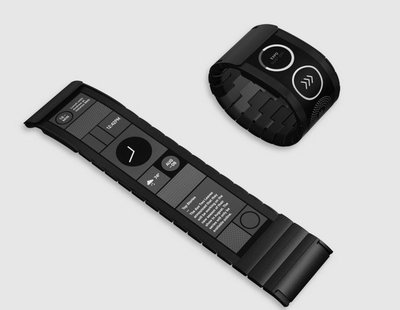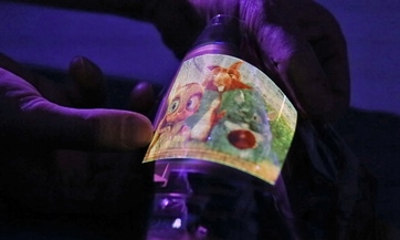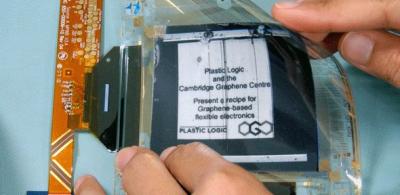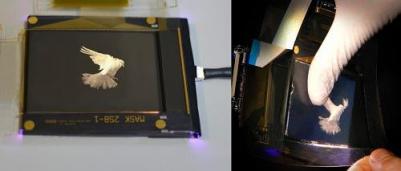FlexEnable and CPT's OTFT flexible AMOLED prototype shown in video
A few months ago, FlexEnable and Chunghwa Picture Tube (CPT) demonstrated a full-color flexible AMOLED display that uses FlexEnable's OTFT backplane.
This glass-free display is still a prototype (as you can see there are many defects) - but it's a great demonstration of a truly flexible display. It operates at 60Hz and is only 125 microns thick.


